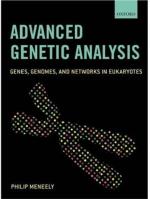|
This section contains 201 words (approx. 1 page at 300 words per page) |
Eukaryote is the cell type found in plants, animals, fungi and protists. The cells of organisms in each of these four biological kingdoms have discrete membrane-bound nuclei and organelles. For this reason, the cells and the organisms that contain them are commonly referred to as eukaryotes, or cells and organisms with true or genuine nuclei. Eukaryotes are distinguished from prokaryotic organisms such as bacteria that lack a discrete nucleus. The eukaryotic nucleus contains DNA, the carrier of genetic information in cells, associated with protein and arranged into structures called chromosomes that typically divide in a highly organized process called mitosis. The nuclear membrane or envelope serves to separate the two phases of protein synthesis: transcription (the assembly of an RNA messenger molecule complementary to a strand of DNA) in the nucleus, and translation (protein synthesis based on the messenger RNA pattern) in the cytoplasm. This separation gives eukaryotic cells greater control over development by determining which proteins are produced. Cells with identical DNA may develop differently based on which DNA successfully sends RNA transcripts to the cytoplasm. As a result, differentiation of tissues and organs is possible even though the cells of various tissues and organs contain identical DNA.
|
This section contains 201 words (approx. 1 page at 300 words per page) |


